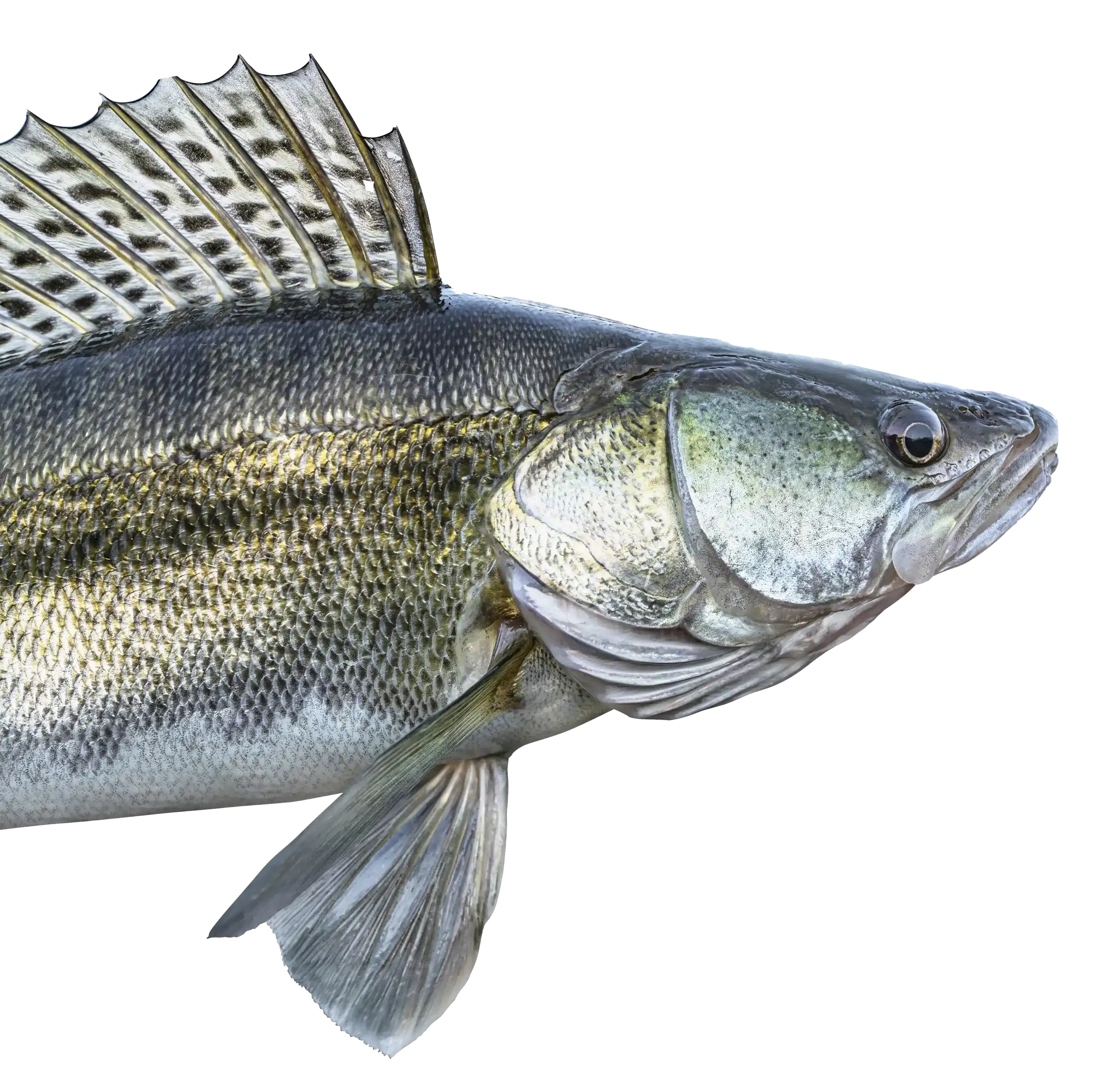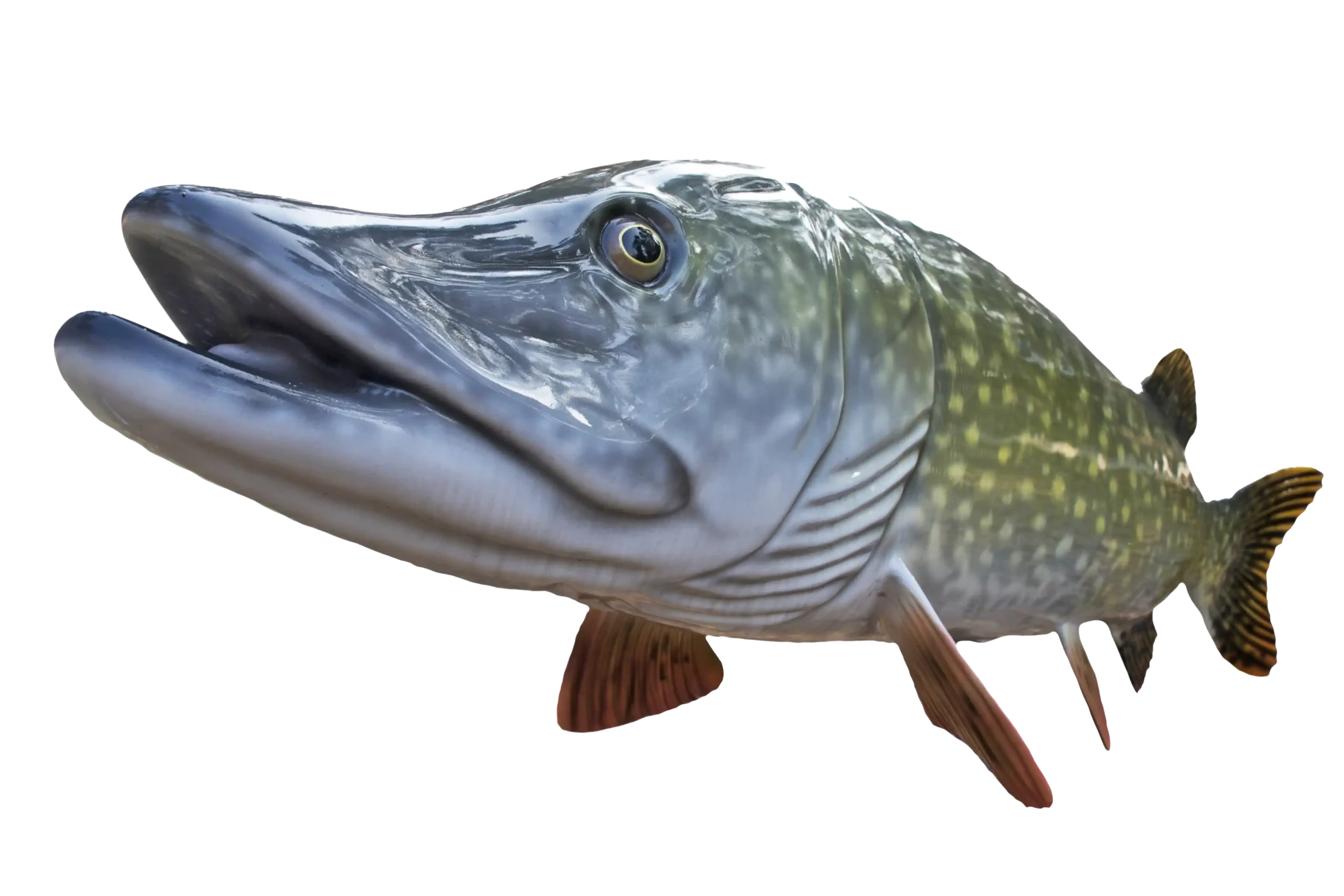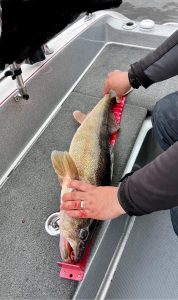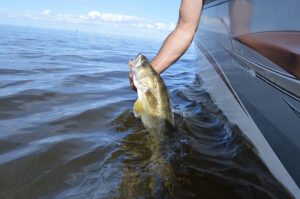

MTT. Minnesota Tournament Trail
NWT. National Walleye Tour
AIM. Angler’s Insight Marketing
Chili Bowl, Border View Lodge
Arnesen’s, Summer Tournament
River Bend Resort, Ladies tournament
Zippel Bay Resort, Northern Pike Tournament
AND MORE!
Catching a personal best fish is a big deal. Regardless how much you fish, it is the largest fish of that species you have ever caught. It is no secret, many personal best records are broken by individuals every single day on Lake of the Woods. But why? Why do so many personal bests come from this fishery? Here are reasons.
There are some things that just cannot be controlled. In a lake with all natural reproduction, having the right genes is crucial. 
To become a big fish, a fish has to start out with big fish genes. For whatever reason, Lake of the Woods fish are blessed with the right genes that enable them to become big fish. This obviously plays a role in determining how many fish get big and how big they get.
One of the keys to having a healthy fishery is having a variety of forage for fish. In fact, I have heard it said when a lake is having a fish problem, in many cases, it is actually a forage problem. It is vitally important to have a good source of forage in a lake. Just to give you an idea of the different forage, imagine perch, emerald shiners, perch minnows (different than a perch), leeches, bugs, a myriad of larvae that emerge from the mud on the bottom of the lake which form various bug hatches in the lake, crayfish, bloodworms and lots of other critters make up the forage.

When walleyes and pike get larger, many of them will key in on tulibees as their main source of forage. Walleyes that reach about that 25 inch mark will focus on tulibees and that is also why many of the larger walleyes caught are offshore. Out in the basin of Big Traverse, as an example, is where lots of tulibees spend their life.
Lake of the Woods has a good number of professional charter captains. These passionate individuals gain more enjoyment watching a newby catch a big fish much more than themselves. Having a good guide put you on fish certainly “ups” your chances of achieving a personal best.
Slot limits prevent nice sized fish from being kept. There are different reasons for slot limits. First, it keeps the mature female fish who lay the most and best eggs around to consistently reproduce. 
Not only are these fish reproducing, they are getting bigger and bigger and cannot be kept. This naturally increases the average size of the fish and will create more personal best fish.
The slot limit for walleyes on Lake of the Woods is 19.5 inches to 28 inches must be released. One can be kept over 28 inches per day. This allows a lot of walleyes to become big.
The slot limit for pike on this fishery is 30 – 40 inch fish must be released. One pike over 40 inches may be kept per day. Again, the slot limit is preserving these big fish and keeping them around longer.
I like to kid around with friends and family and this is kind of kidding around but very much the truth as well. Do you know what the secret is to catch big walleyes and pike? Fish in a body of water that has lots of big walleyes and pike! It makes sense, doesn’t it?
Lake of the Woods is somewhat managed as a trophy fishery and bottom line, there are a lot of big fish in the lake.
Lake of the Woods probably won’t be renamed anytime soon. If it was, perhaps an appropriate name could be Lake of the Personal Bests!


Lake of the Woods
We firmly believe that the internet should be available and accessible to anyone, and are committed to providing a website that is accessible to the widest possible audience, regardless of circumstance and ability.
To fulfill this, we aim to adhere as strictly as possible to the World Wide Web Consortium’s (W3C) Web Content Accessibility Guidelines 2.1 (WCAG 2.1) at the AA level. These guidelines explain how to make web content accessible to people with a wide array of disabilities. Complying with those guidelines helps us ensure that the website is accessible to all people: blind people, people with motor impairments, visual impairment, cognitive disabilities, and more.
This website utilizes various technologies that are meant to make it as accessible as possible at all times. We utilize an accessibility interface that allows persons with specific disabilities to adjust the website’s UI (user interface) and design it to their personal needs.
Additionally, the website utilizes an AI-based application that runs in the background and optimizes its accessibility level constantly. This application remediates the website’s HTML, adapts Its functionality and behavior for screen-readers used by the blind users, and for keyboard functions used by individuals with motor impairments.
If you’ve found a malfunction or have ideas for improvement, we’ll be happy to hear from you. You can reach out to the website’s operators by using the following email
Our website implements the ARIA attributes (Accessible Rich Internet Applications) technique, alongside various different behavioral changes, to ensure blind users visiting with screen-readers are able to read, comprehend, and enjoy the website’s functions. As soon as a user with a screen-reader enters your site, they immediately receive a prompt to enter the Screen-Reader Profile so they can browse and operate your site effectively. Here’s how our website covers some of the most important screen-reader requirements, alongside console screenshots of code examples:
Screen-reader optimization: we run a background process that learns the website’s components from top to bottom, to ensure ongoing compliance even when updating the website. In this process, we provide screen-readers with meaningful data using the ARIA set of attributes. For example, we provide accurate form labels; descriptions for actionable icons (social media icons, search icons, cart icons, etc.); validation guidance for form inputs; element roles such as buttons, menus, modal dialogues (popups), and others. Additionally, the background process scans all the website’s images and provides an accurate and meaningful image-object-recognition-based description as an ALT (alternate text) tag for images that are not described. It will also extract texts that are embedded within the image, using an OCR (optical character recognition) technology. To turn on screen-reader adjustments at any time, users need only to press the Alt+1 keyboard combination. Screen-reader users also get automatic announcements to turn the Screen-reader mode on as soon as they enter the website.
These adjustments are compatible with all popular screen readers, including JAWS and NVDA.
Keyboard navigation optimization: The background process also adjusts the website’s HTML, and adds various behaviors using JavaScript code to make the website operable by the keyboard. This includes the ability to navigate the website using the Tab and Shift+Tab keys, operate dropdowns with the arrow keys, close them with Esc, trigger buttons and links using the Enter key, navigate between radio and checkbox elements using the arrow keys, and fill them in with the Spacebar or Enter key.Additionally, keyboard users will find quick-navigation and content-skip menus, available at any time by clicking Alt+1, or as the first elements of the site while navigating with the keyboard. The background process also handles triggered popups by moving the keyboard focus towards them as soon as they appear, and not allow the focus drift outside it.
Users can also use shortcuts such as “M” (menus), “H” (headings), “F” (forms), “B” (buttons), and “G” (graphics) to jump to specific elements.
We aim to support the widest array of browsers and assistive technologies as possible, so our users can choose the best fitting tools for them, with as few limitations as possible. Therefore, we have worked very hard to be able to support all major systems that comprise over 95% of the user market share including Google Chrome, Mozilla Firefox, Apple Safari, Opera and Microsoft Edge, JAWS and NVDA (screen readers).
Despite our very best efforts to allow anybody to adjust the website to their needs. There may still be pages or sections that are not fully accessible, are in the process of becoming accessible, or are lacking an adequate technological solution to make them accessible. Still, we are continually improving our accessibility, adding, updating and improving its options and features, and developing and adopting new technologies. All this is meant to reach the optimal level of accessibility, following technological advancements. For any assistance, please reach out to